Puigpelat: The paths of water
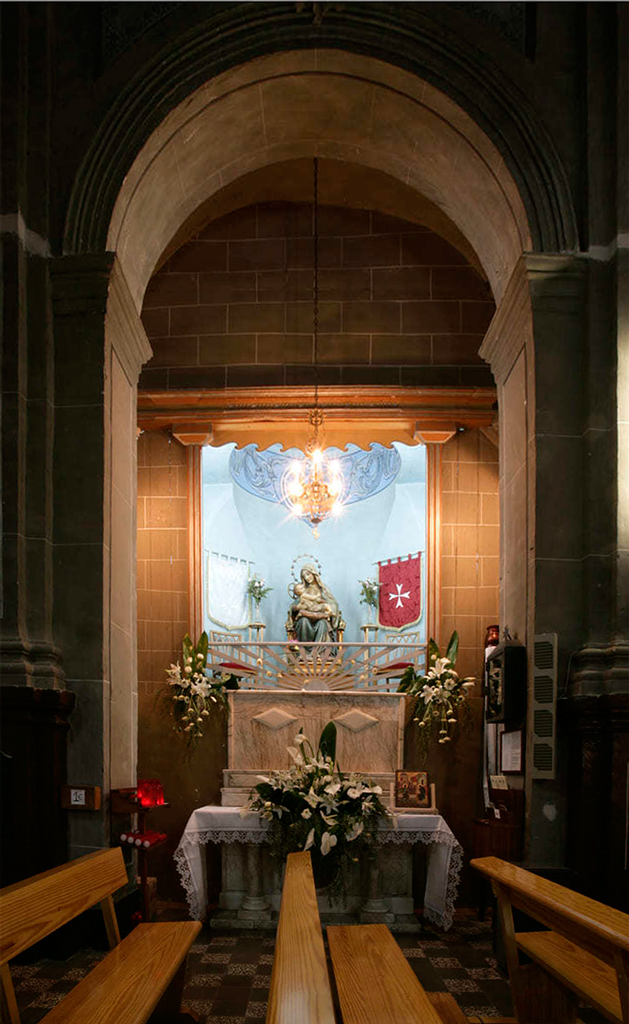
Be sure not to miss: the Pi de Puigpelat, the Retorts road, the visible parts of the Archbishop's mine, the little chapel of l'Hospitalet and the church of Santa Maria, from the 18th century, with the chapel dedicated to the Mare de Déu de la Llet.
Puigpelat has a very representative symbol: the Pi de Puigpelat. It is located at the foot of the church, on the old reservoir, where religious images were burned during the Civil War. The original pine was part of a forest that the peasants cut down little by little to turn it into an open working area. Of the pine trees that gave life to the forest, only two very large ones remained. One was lost in a storm, and the other, the well-known and imposing Pi de Puigpelat, became a well-loved representative symbol of the town. In 1935, it was blown down in a strong gale, and 50 years later later a new one was planted in memory of the old pine.
Recently, Puigpelat has recovered the old Retorts road. This old path was one of the main roads in the town which started at the entrance and reached Valls and other towns in the region; it was a narrow road for people, carriages and mules.
In the Puigpelat district you can see the remains of certain constructions to control atmospheric pressure that corresponded to the Archbishop's mine, from the 18th century; named because it brought water to Tarragona from the Gaià river, specifically from the Pont d’Armentera. Some sections of this mine are of Roman origin and correspond to one of the aqueducts from the city of Tárraco. The Camp de Tarragona Hiking Group created the Water Trail, in honour of the close relationship the place has had with water since Roman times.
As can be seen from the lintel on the door, the church of Santa Maria is from 1786 and is in the neoclassical style. It houses a tomb stone from a commander, Fray Bernat Pavia, which is preserved on the altar of the Virgin Mary inside an urn. The bell tower rises in the epistle nave of the church, which has a chapel of great devotion dedicated to the Mare de Déu de la Llet, patron saint of the town.
The chapel of Virgen María de l'Hospitalet o de La Llet, located on the Vistabella road, recalls the convent and church of the Orden del Hospital de San Juan de Jerusalén, from the 12th century, which housed the image of the Virgin Mary currently kept in the Tarragona Diocesan Museum. It is a single piece carving of poplar, which sits on a stool cut into the same trunk. The virgin wears a short veil to the shoulders, and a cloak with a rounded neckline. In the middle of the neck, a perpendicular cut reveals the entire left breast, at which the Child feeds. The image is of the Virgin Mary of the Milk type, an iconographic innovation of the 13th century, and has a good part of the features of the second half of that century.
The Little Chapel was built in 1998. If you go there, we recommend reading the prayer-poem of Father Joan Roig you will find there.
To the Mare de Déu de la Llet:
Flowering acacia light,
Virgin Mary of Milk,
how much darkness you have banished
entering inside each wound!
Save us from arrogance, bankruptcy
and loneliness,
You who always support us
with a look that liberates,
glorious Hospitaller
of the orchard of Puigpelat!
Notícies relacionades
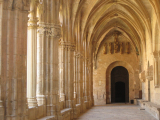








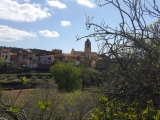
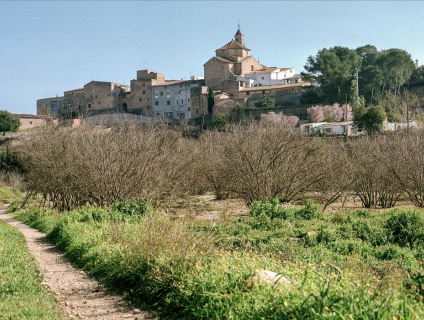
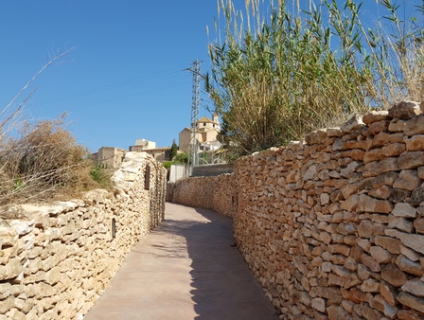
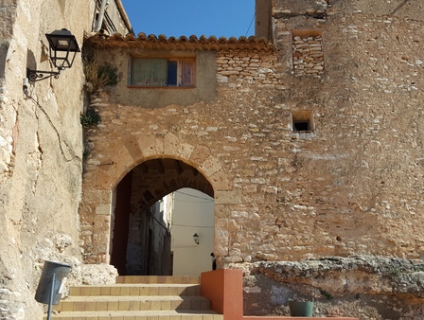
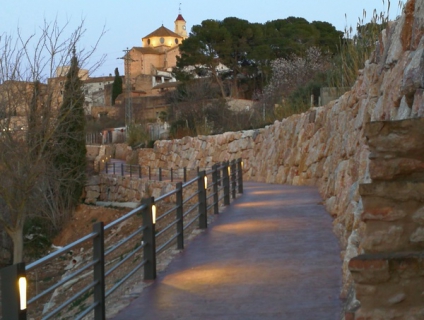
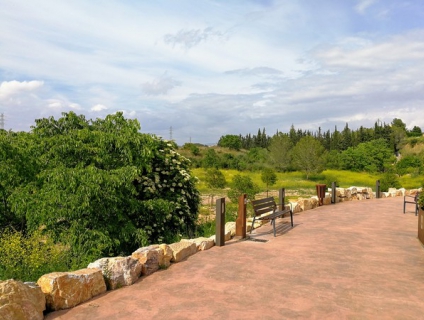
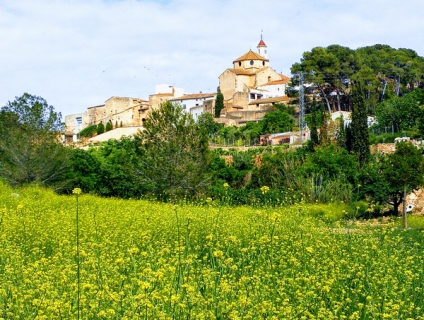







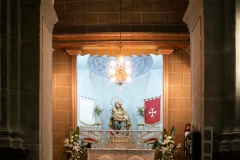



 Entorn Web · Àrea de Coneixement i Qualitat
Entorn Web · Àrea de Coneixement i Qualitat Oficina de Gestió de Turisme de l’Alt Camp
Oficina de Gestió de Turisme de l’Alt Camp






 turismealtcamp
turismealtcamp turismealtcamp
turismealtcamp turismealtcamp
turismealtcamp